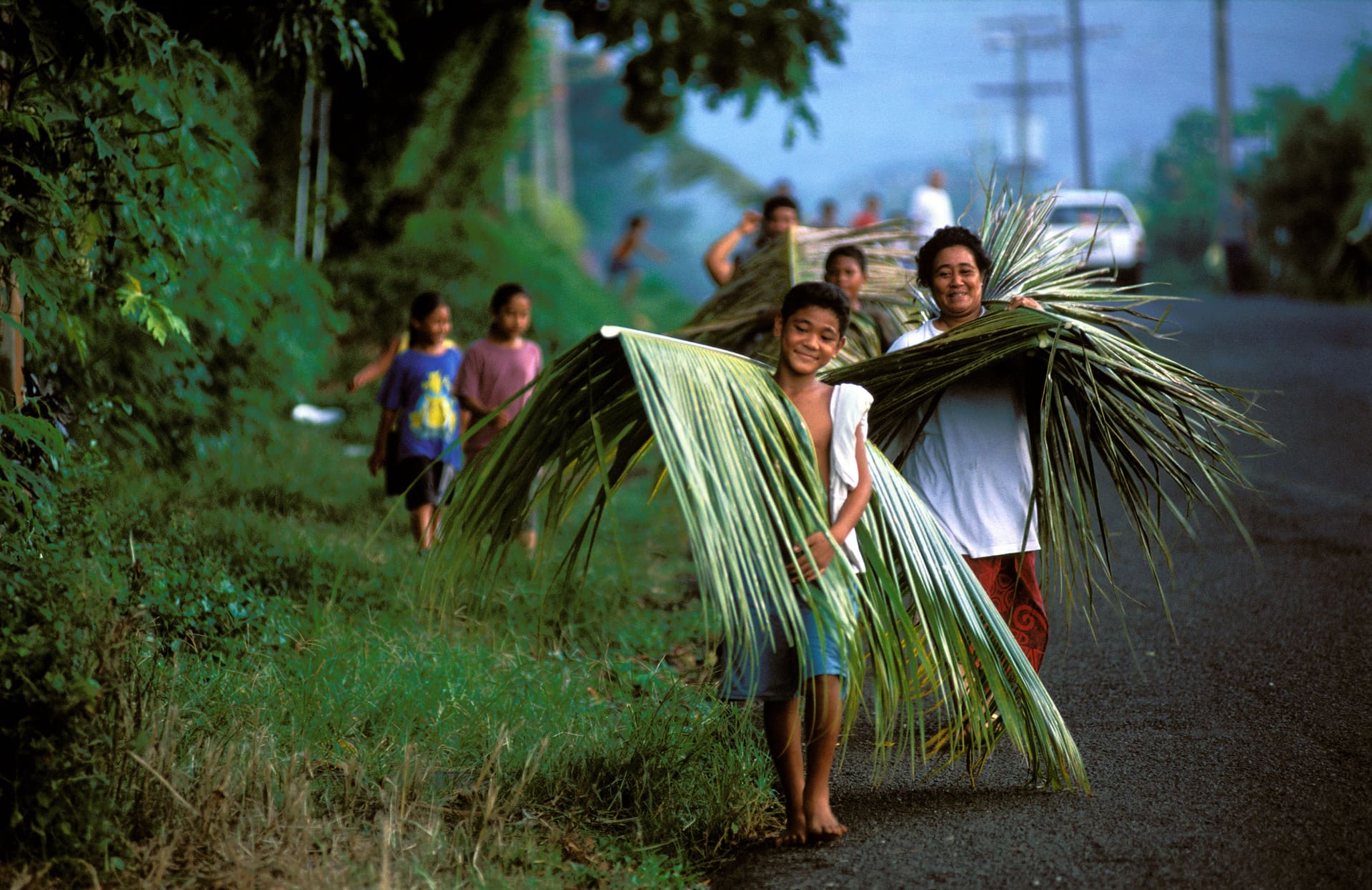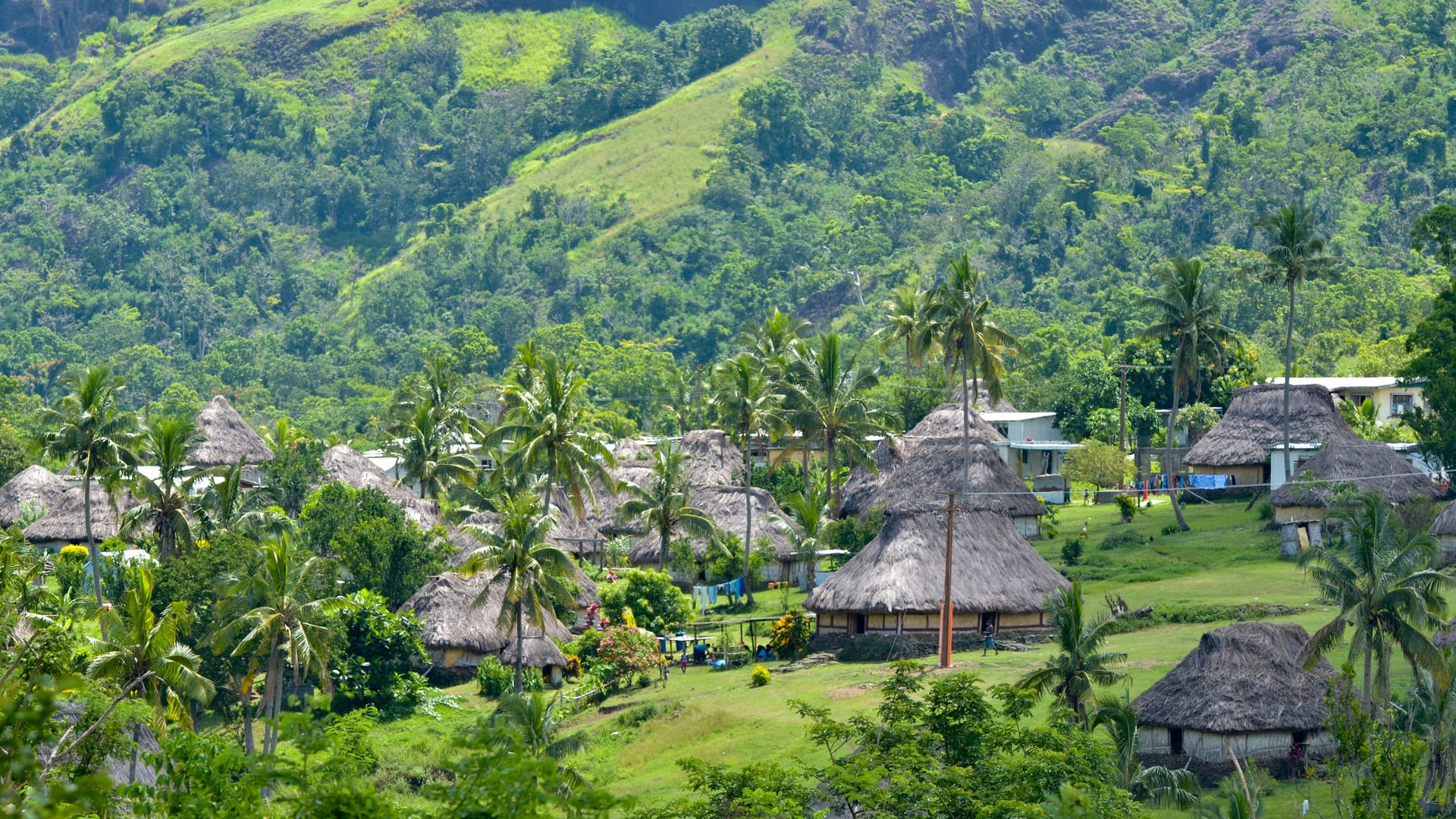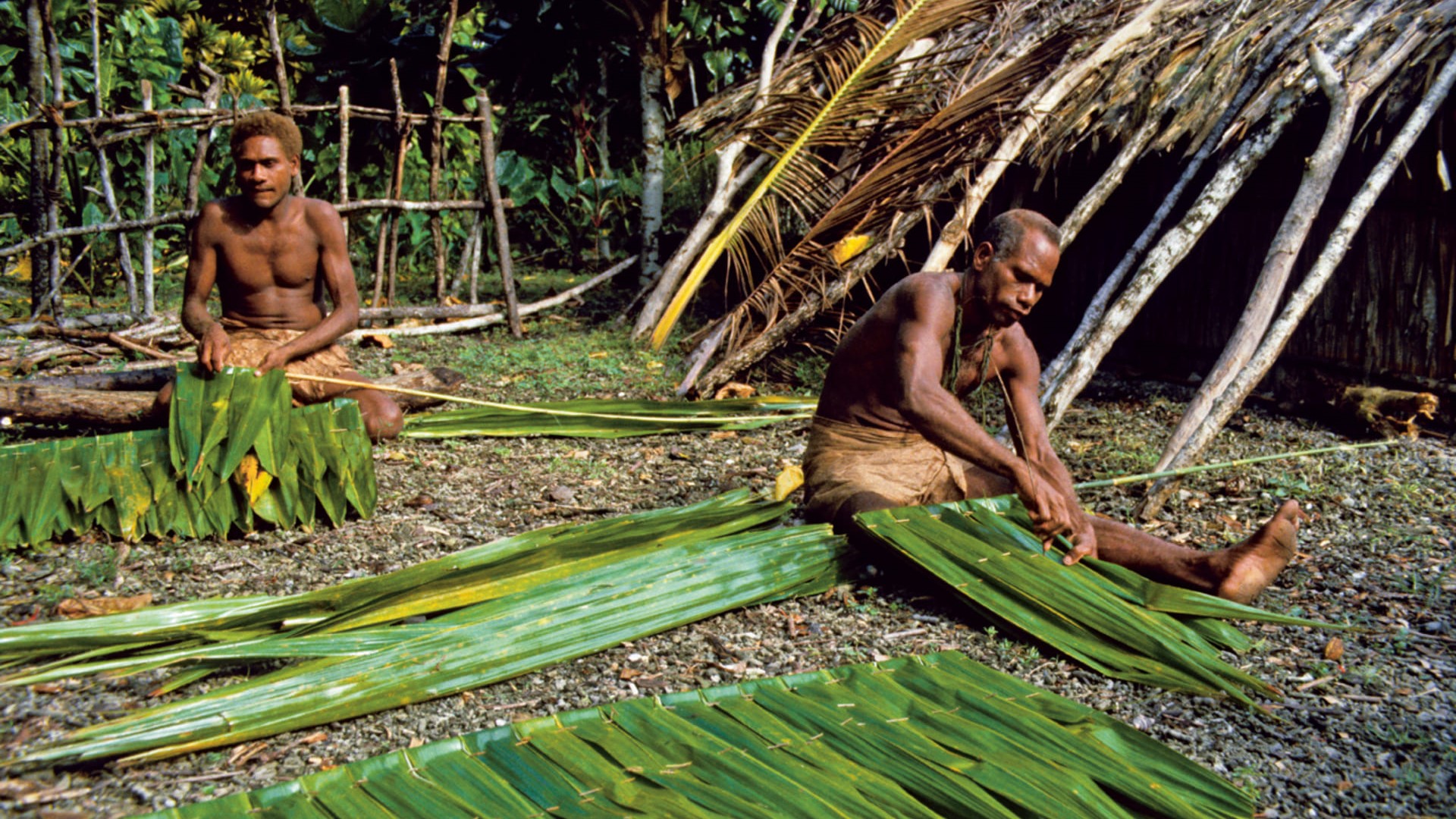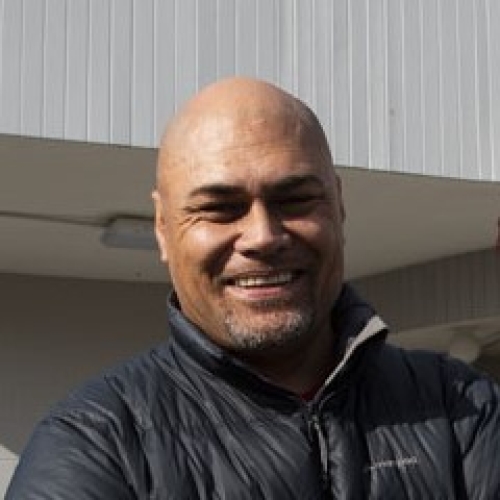Livelihoods of small islands
Small Pacific island nations are deeply influenced by the ocean, shaping their cultures and lifestyles. The film Moana highlights this connection. These islands face challenges from rising sea levels and COVID-19, necessitating sustainable practices and cultural preservation.

Moana and the ocean: a glimpse into Pacific island heritage
A Pacific theorist once stated that the Pacific Ocean and its tiny island nations were seen to be joined by the ocean rather than separated by it. The cultures and lifestyles of the people of these small Pacific nations are without doubt shaped by the ocean in both a physical and metaphysical sense. The animated Disney film Moana provided the world with an insight into what island life in the Pacific was like before European contact. It illustrated how the role of the ocean was critically important to all physical, psychological, spiritual and cultural aspects of its indigenous people.
Vulnerable transition of social, political and cultural identity
Today, the people of the Pacific Islands are facing exciting social, political and cultural transitions as a result of the huge influence that comes along with the international aid pouring into the area from countries such as China, USA, Japan, Germany, Australia, Papua New Guinea and New Zealand. However, these transitions also leave them vulnerable. Interpretation and appropriation of Pacific identity is critical: through processes of colonisation and diaspora their intrinsic development has depended on mixing with other cultures.
The main export for many Pacific Islands is tourism, with physical exports including local produce such as copra, yam, taro and coconut. Presently, international aid to the islands is generally in the form of infrastructure and construction, which also provide employment for local businesses. Many expatriates who have received education abroad have returned to their ancestral Pacific homelands and are working in prominent roles within government departments and/or establishing businesses.


Rising sea levels and the COVID-19 pandemic
Although these islands may have recovered somewhat from the recent global financial crisis, there is another catastrophe lurking: the environmental crisis of rising sea levels. As well as revising design, construction materials and processes, a top priority is to create greater awareness of global warming and its effects on these tiny islands. And in the last two years the fight against the COVID-19 pandemic, especially on the tiny island nations of the Pacific with limited resources, has taken a toll on the population. As history is a great reminder, we remember the influenza carried onboard a steam ship from New Zealand in 2019 to Samoa, which wiped out a third of its population at the time.
Teaching the next generation about sustainability
My voice has no value to the politicians and the bureaucrats that are making decisions about the impacts of climate change in the Pacific region and how they affect the natural and built environments.
My voice as a person of Pacific heritage, an educator, a community person, a family chief and leader, a father and a son, is critically important in teaching the next generation about culture and heritage. Cultural values within a person define a heightened sense of belonging, a sense of identity and a sense of pride. As an architect and lecturer, teaching the next generation of architects, whether they are from the Pacific island nations or not, about the methodologies, design concepts and sustainability issues impacting the Pacific is one way to challenge the status quo and to tackle some of the negative consequences of globalisation and capitalism.
Industrial sectors
- Agriculture, forestry and fishing
- Water supply; sewerage, waste management and remediation activities
- Wholesale and retail trade
- Transportation and storage
- Professional, scientific and technical activities
- Administrative and support service activities
- Public administration and defence; compulsory social security
- Education
- Human health and social work activities
Habitat at the New European Bauhaus Festival and the STI Forum
This story is part of “Habitat: Embracing change in the post-2030 future”. Habitat was discussed at the side event “New habitats for the post-2030 future” during the New European Bauhaus Festival on 10 June 2022. At the STI Forum of 2023, a science policy brief recommendation on Habitat was published under the category “science-policy-society interface”: Enablers for transformative change to sustain people and nature-centred world. Download recommendation >
Contribution to story
- This is “HABITAT: Embracing Change in the Post 2030 Future” Exhibition designed and curated by Dr Sandra Piesik, 3 ideas B.V in collaboration with HABITAT Coalition and VITO
- Copy editing by Katleen Vandormael, Communication Manager G-STIC, VITO
- Cover image: Apia, the capital city of the South Pacific island nation of Samoa © Jochem Wijnands, Horizons WWP, Alamy Stock Photo
- “HABITAT: Vernacular Architecture for a Changing Planet” published by Thames & Hudson
- “HABITAT: Vernacular Architecture for a Changing Planet” published by Abrams
- “Habitat: Traditionelle Bauweisen für den globalen Wandel” published by DETAIL Special
- “Habiter la planète: Atlas mondial de l'architecture vernaculaire” published by Flammarion First Prize Winner at “J’aime le livre d’art”, Paris 2017
- “HABITAT: Arquitectura vernácula para un planeta cambiante” published by Blume
- “HABITAT: Vernacular Architecture for a Changing Climate’ published by Thames & Hudson UK, USA, and Shufuhsa
